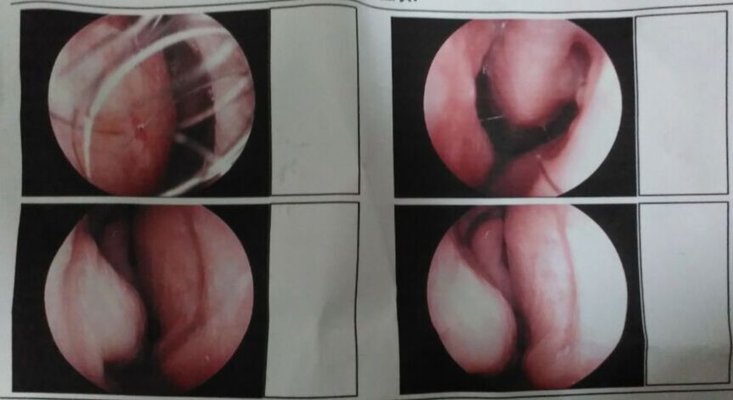Early symptoms of septicemia in premature infants?
summary
Neonatal sepsis is a serious infectious disease in the neonatal period. When the pathogen invades the blood of the newborn and grows and reproduces, it produces a systemic inflammatory reaction caused by toxin. Neonatal sepsis is often lack of typical clinical manifestations, but the progress is relatively fast, the disease is more dangerous, which has become a feature of neonatal sepsis. Early symptoms of septicemia in premature infants? Now let me tell you something.
Early symptoms of septicemia in premature infants?
The clinical manifestations of septicemia in preterm infants can be divided into early-onset and late-onset. Early onset usually occurs within seven days after birth. Infection usually occurs before or at birth. The main pathogens are E.coli and other G-bacteria. Multiple systems will be affected. The disease is dangerous and the mortality is very high. Late onset is 17 days after birth, infection occurs at birth or after birth, often with omphalitis, pneumonia and other local infection focus, the mortality is relatively low than early-onset.

Jaundice can sometimes be the only manifestation of sepsis, his performance is physiological, jaundice subsides, relatively delayed, jaundice deepens rapidly, or jaundice, subsides and reappears, can not be explained by other reasons. Hepatosplenomegaly is also one of its symptoms. Hepatosplenomegaly appears later, generally mild to moderate.

Neonatal sepsis symptoms also include bleeding tendency, ecchymosis of skin and mucous membrane, ecchymosis, pointing, bleeding at the eye of needle, hematemesis, hematochezia, pulmonary hemorrhage, and DIC in severe cases. There are also some neonatal septicemia will appear shock phenomenon, its complexion gray skin pattern, blood pressure, urine or no urine.

matters needing attention
There are other symptoms, including respiratory distress, apnea, vomiting, abdominal distension, toxic enteroparalysis, and can also be combined with meningitis, necrotizing enterocolitis, suppurative arthritis and osteomyelitis.














